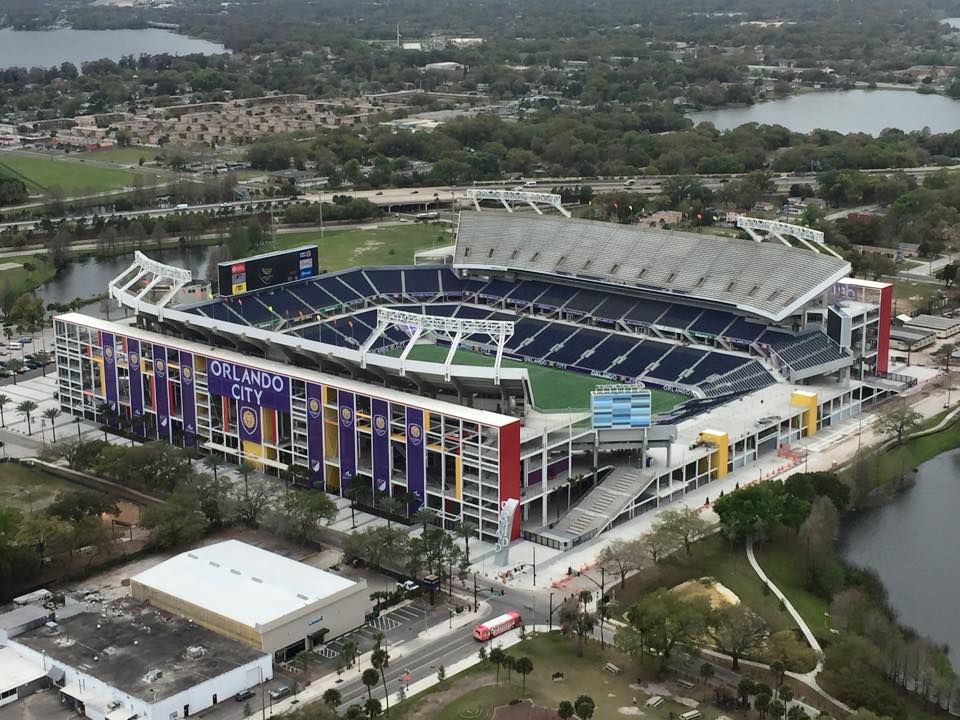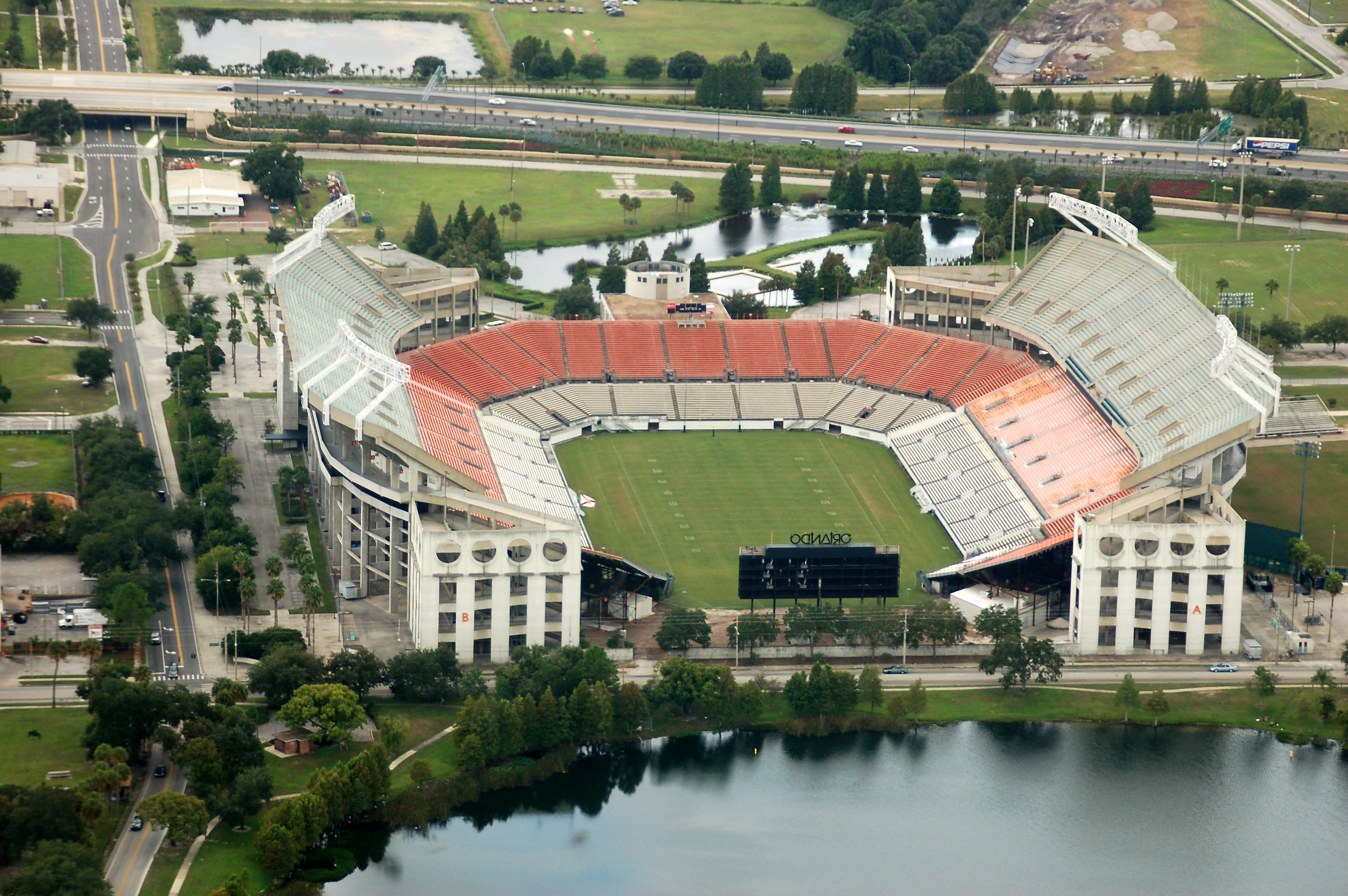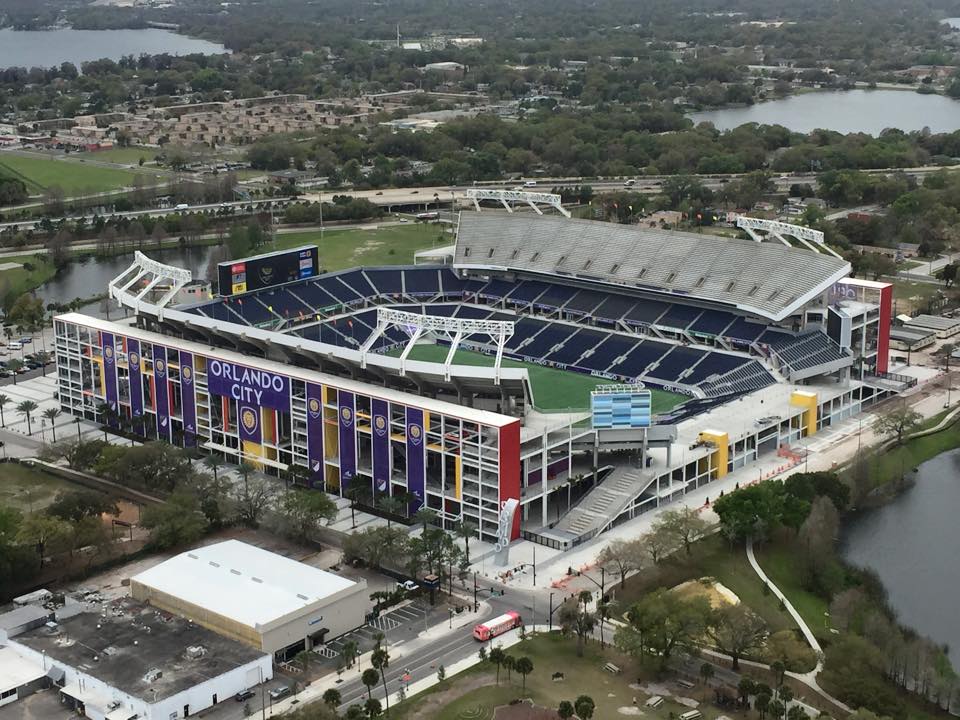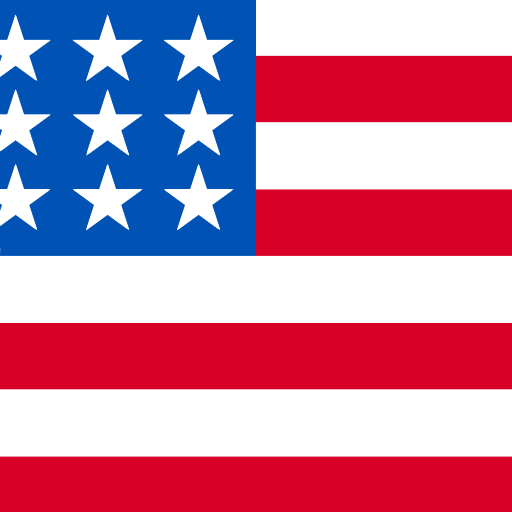
Camping World Stadium
- Orlando, USA
- 60.219 places
The Camping World Stadium, nestled in the heart of Orlando, Florida, is more than just a sports venue — it’s a landmark of American football history and a symbol of the city’s ambition to play on the biggest stage. Since opening its gates in 1936, this stadium has undergone countless transformations, both architectural and cultural, earning its place among the most versatile and storied arenas in the United States.
About this place
From Citrus Bowl to Global Events
Originally known as Orlando Stadium, then the Tangerine Bowl and Florida Citrus Bowl, the venue began with a modest 8,900 seats. Over time, it evolved — with major expansions in the 1950s, ’70s, and ’80s — to reach its current capacity of over 65,000, with the possibility of adding temporary bleachers to exceed 70,000. The 1989 renovation, costing $38 million, was a turning point, introducing modern tribunes and updated facilities that positioned the stadium as a premier destination for major sporting events.
The Cradle of College Football in Florida
From 1979 to 2007, the stadium served as the home of the UCF Knights, helping to build their identity and fanbase. Even after their move to a new stadium, the Camping World Stadium retained its central role in the college football landscape. It still hosts two high-profile bowl games annually: the Citrus Bowl (since 1947) and the Pop-Tarts Bowl (formerly Champs Sports Bowl, since 2001). Equally iconic is the Florida Classic, the heated rivalry between Bethune-Cookman and Florida A&M, which regularly brings in tens of thousands of fans and once set the attendance record at over 73,000 spectators.
A Home for Pro Football and International Fame
Beyond college football, the stadium has welcomed a long line of professional teams — including the Orlando Renegades (USFL), Orlando Thunder (WLAF), and Orlando Rage (XFL). It’s also no stranger to the global spotlight. During the 1994 FIFA World Cup, it was one of the tournament’s venues, and it later hosted events during the 1996 Summer Olympics. Its international credentials were solidified further with events like WrestleMania XXIV (2008) and WrestleMania 33 (2017), both of which drew massive, record-breaking crowds.
Renovation, Expansion, and Cultural Impact
In the 2000s, the stadium was modernized again as part of Orlando’s ambitious “Triple Crown for Downtown” project, a $1.1 billion urban development plan. This included $175 million dedicated to upgrading the stadium with new seating, escalators, a giant video screen, enhanced acoustics, and improved accessibility. These changes have allowed Camping World Stadium to maintain its relevance in an era of constantly evolving sports infrastructure.
A Venue That Continues to Make History
Today, the Camping World Stadium stands as a monument to the evolution of American sport and entertainment. Whether hosting packed college football classics, international matches, or epic WWE spectacles, it continues to serve as a beacon of energy, pride, and legacy in central Florida.











